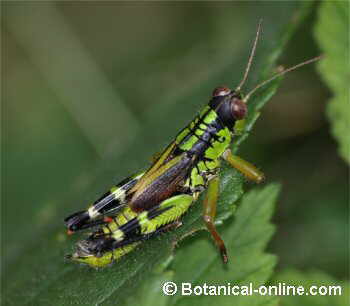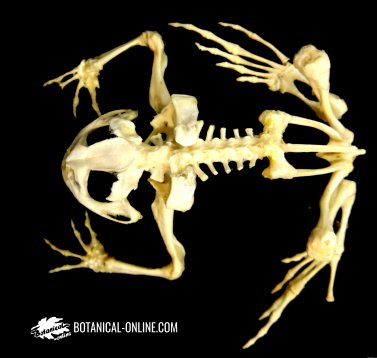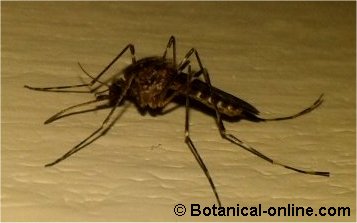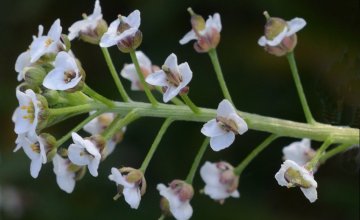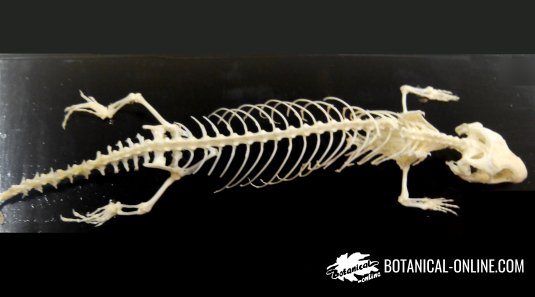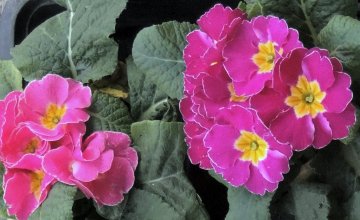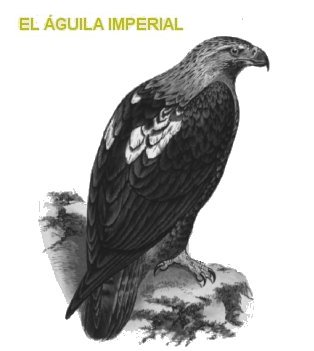Contents
How do birds reproduce?
Reproduction characteristics of birds
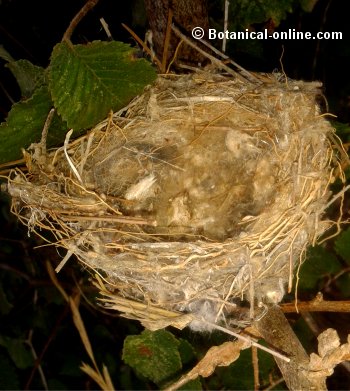
Birds have oviparous reproduction and they produce amniotic eggs with calcareous shells. The eggs are laid outside, usually in a nest, for incubation.
Birds have separate sexes, that is, they are dioecious animals. Fertilization is always internal as a result of the union of the male and female cloacas. Birds do not have external sexual organs.
Females only have one ovary of the two embryonic ovaries, the other is atrophied, to minimize the weight of the animal during flight. Males, however, maintain the two embryonic testes.
Birds have sexual dimorphism, that is, they show clear differences in size, coloration, etc. between sexes. Males are usually very showy to attract females in the breeding period.
Bird breeding season
Reproduction in birds occurs only at a certain time of the year called the breeding period, which it is understood as the period of time between the laying of the first egg and the moment when the chicks already know how to fly.
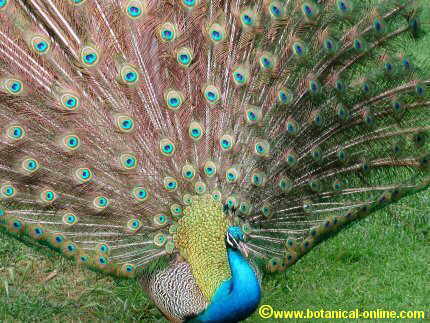
The rearing period coincides with a maximum abundance of food. In the tropics, birds can nest at any time of the year. During the breeding season, most birds sing to attract the attention of their counterparts.
Brood incubation in birds
As the most important phenomena that take place during the rearing period, we have the feeding of the chicks and the incubation, in addition to the construction of the nest.
The incubation period goes from the laying of the last egg until the chick hatches. As a rule, the larger the species is, the longer the incubation period represents. For example, royal albatrosses (Diomedea epomophora) have the longest incubation period, lasting 81 days.
Reproductive habits of birds
During the breeding season, there is a very important change in behavior in birds. Eagles perform aerial acrobatics, while many male birds sing songs. Peacock, for its part, wears a very striking nuptial plumage that shows to the female in a characteristic ritual.
Birds, being territorial animals especially during the breeding period, defend their territory by means of singing or by placing themselves in a visible place for their peers, like for example, european robins do.
Most bird species are monogamous and sometimes the individuals forming a pair are the same each year, as it happens with black swans. However, some species of birds are polygamous such as hens, turkeys or ducks.
Nesting birds or nidicolous have offsprings that are born very defenseless and need to spend some time in the nest until they can fend for themselves. As an example of nesting birds we can point out passerine birds (sparrow, magpie, European robin, blackbird, etc) .
Nidifugous birds are those that leave the nest shortly after being born and they are capable of feeding on their own. As nesting birds we can include many galliforms (hen, peacock, capercaillie, etc)
Cuckoos are parasitic birds that practices brood parasitism. They lay their eggs in other species nests, being the new adopters the ones who are in charge of their offsprings.
![]() More information on other animals
More information on other animals

